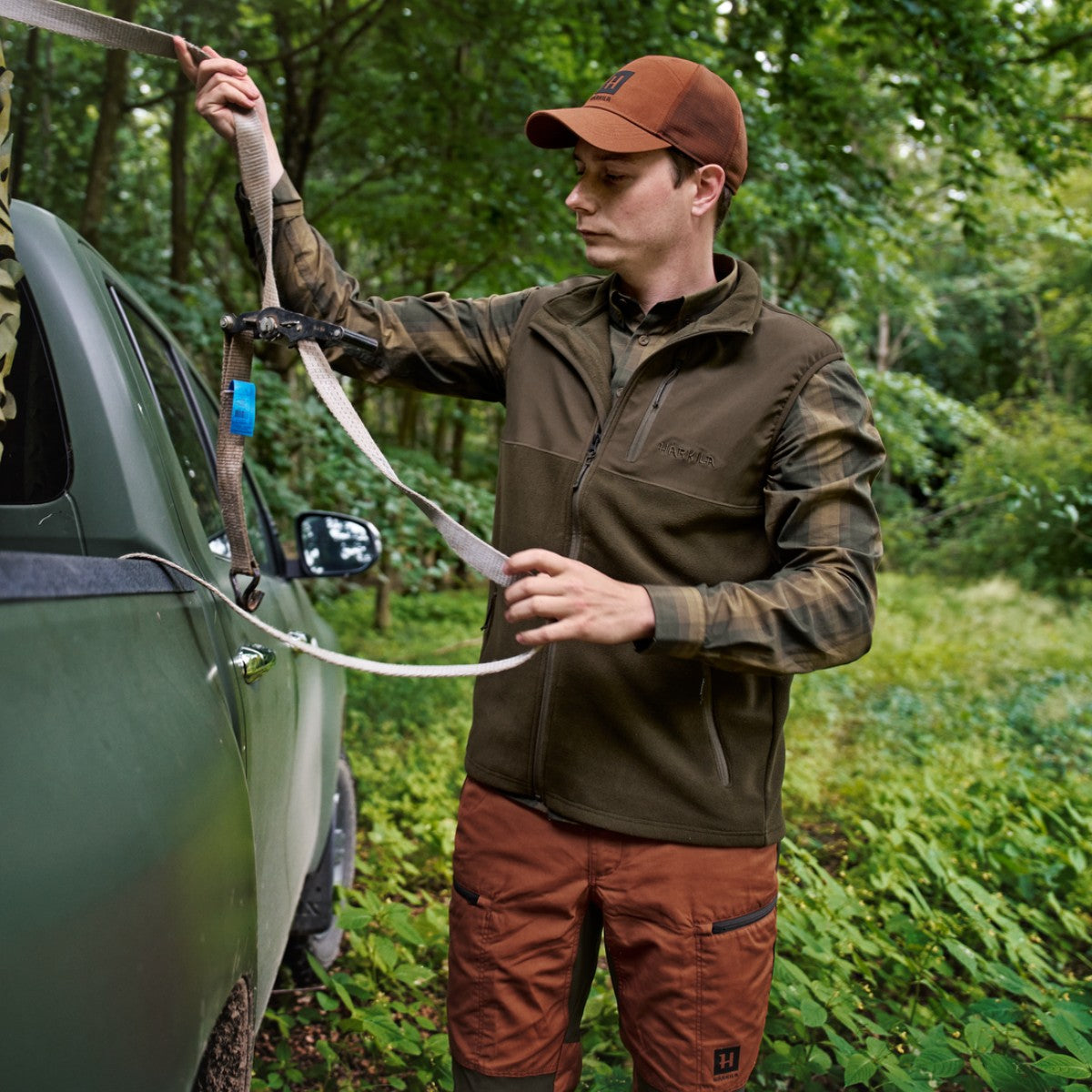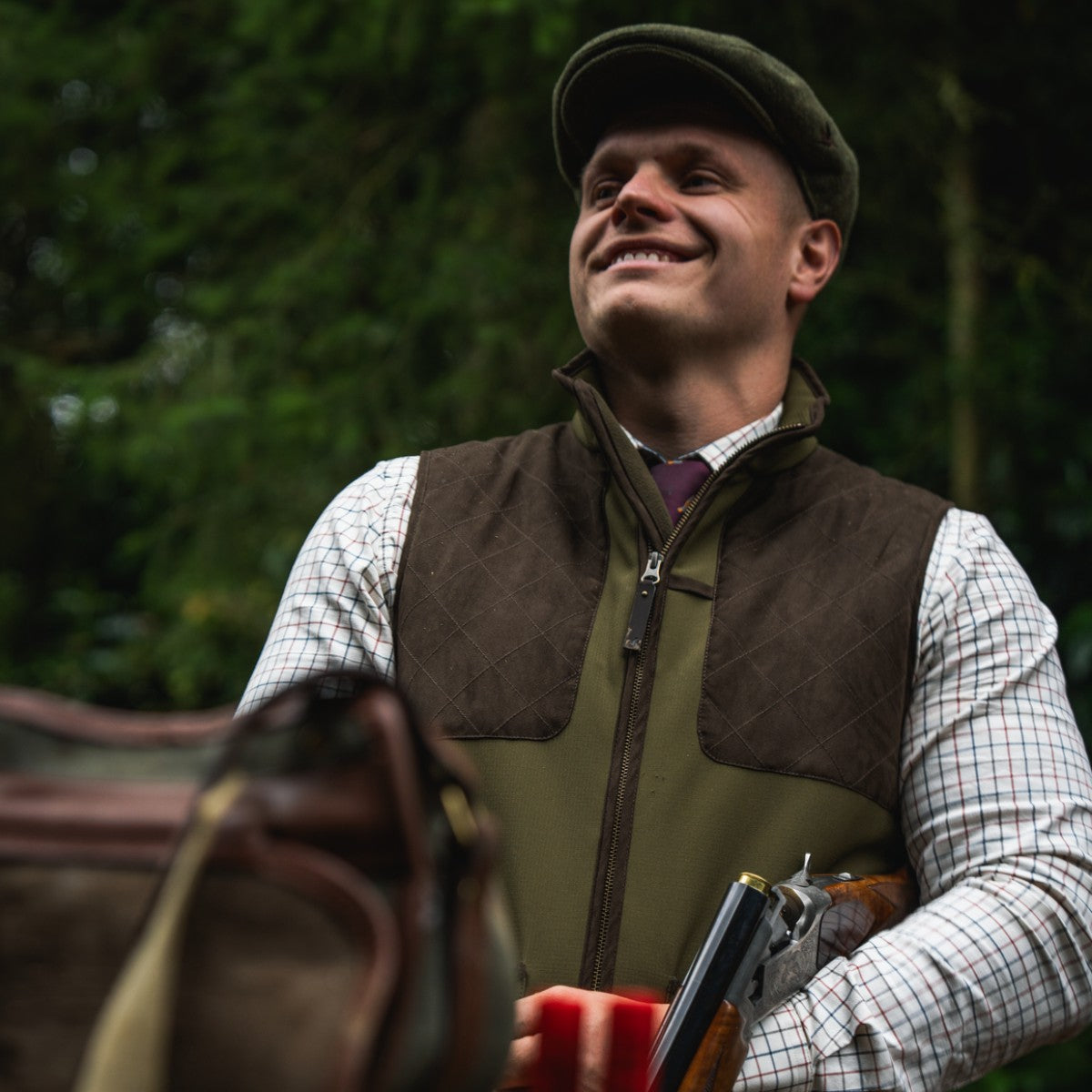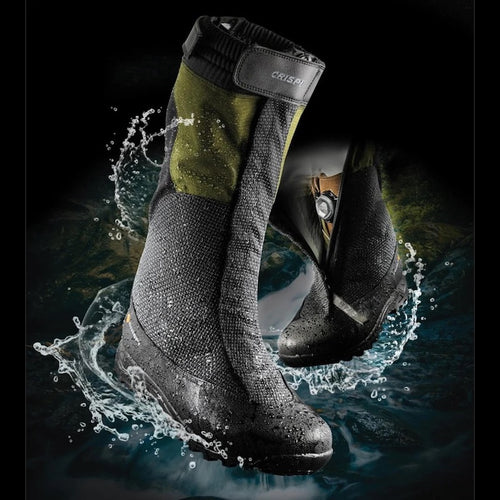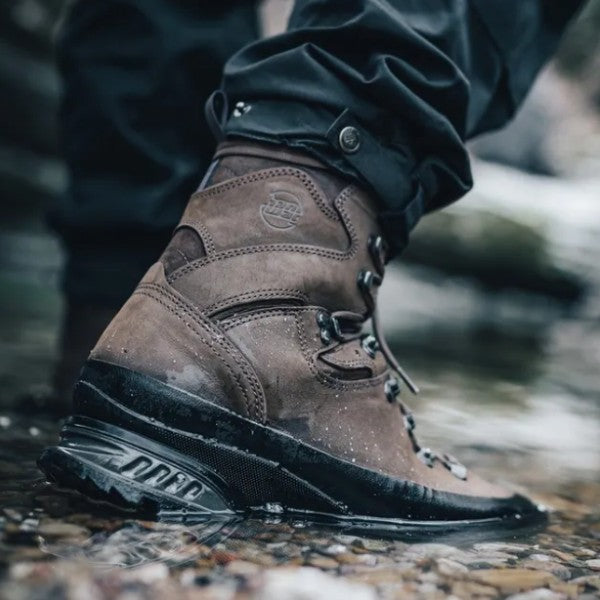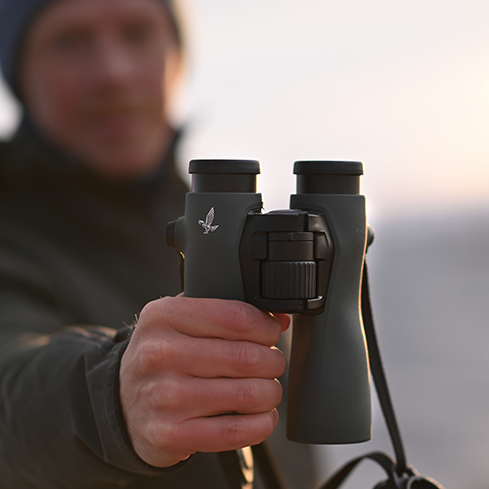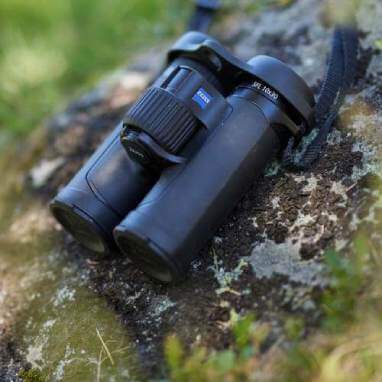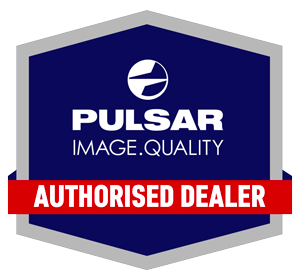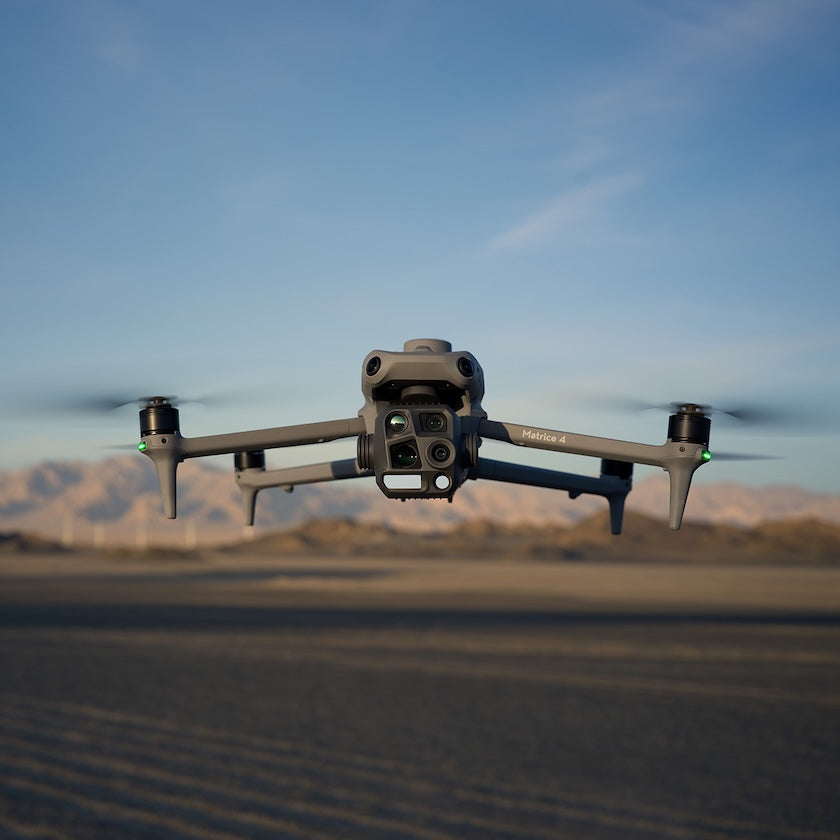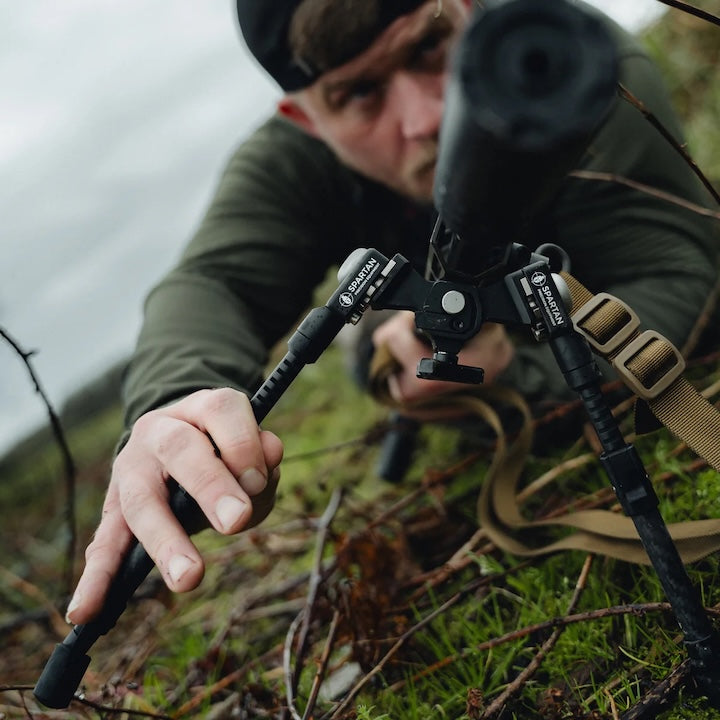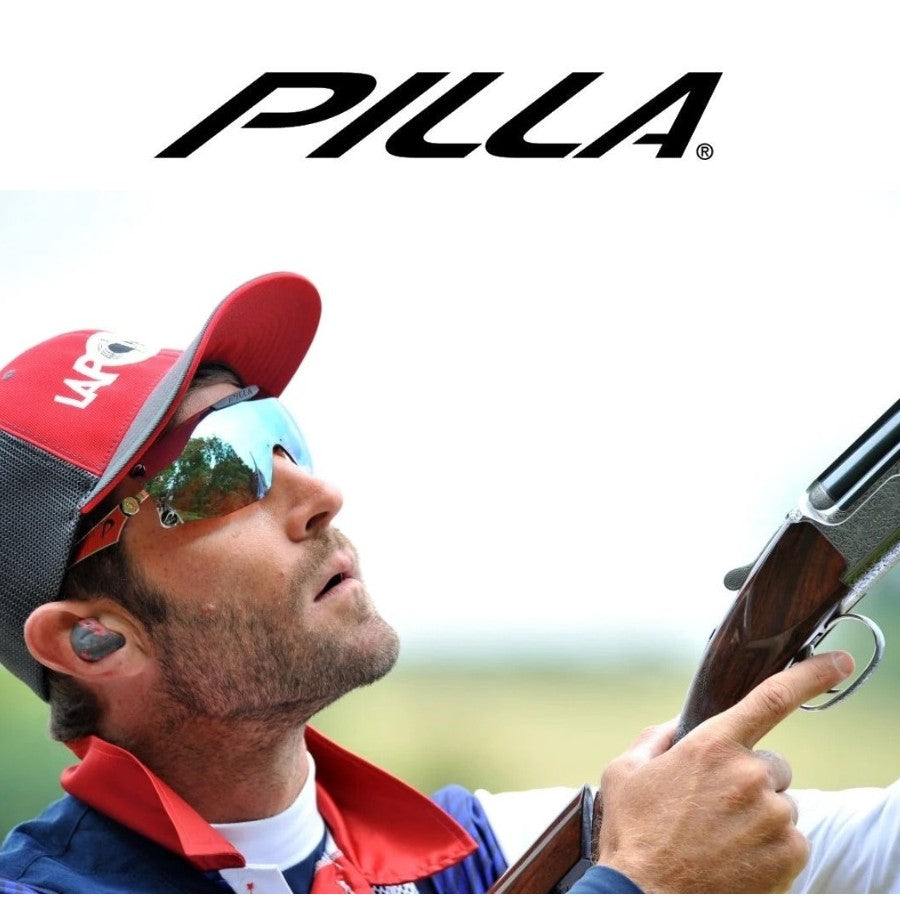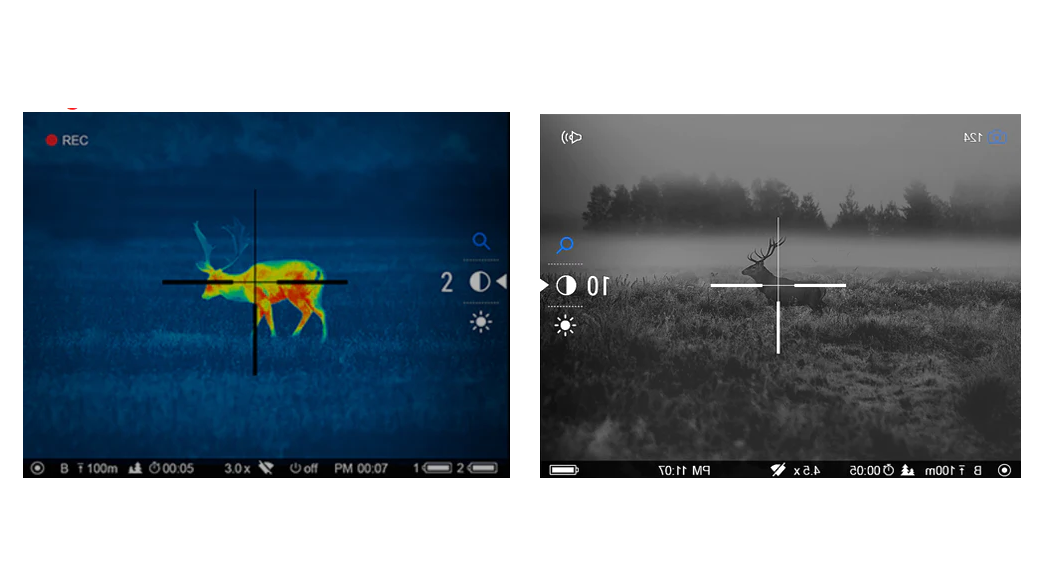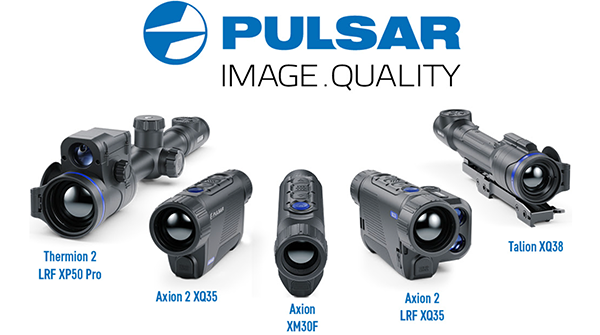Choosing the correct rifle scope for any type of firearm may seem like a daunting task, but it really doesn’t need to be.
Consider it like this: a scope is used for one reason, and that is to improve and guarantee your shooting accuracy. Be it for an airgun or small/full bore rifle, the fundamental function of the telescopic sight is to offer optimal viewing and precision, both of which should lead to better shooting.
Unfortunately the telescopic sight will not cleanly squeeze the trigger, steady the shooters breathing, nor adjust for wind on its own, however it gives a very good base from which to learn all of these rifle shooting skills.
Throughout this article, we will briefly discuss what to think about when buying your first rifle scope (the do’s and don’ts) and suggest a few well-known brands to kick start the thought process.
Key factors to think about:
Price
As with most things in life, the cost of what you are buying will play a part in the decision-making process. Cost may not be the be-all and end-all, (if you are very lucky), however one of the most important factors to think about is how much you are willing to spend on your rifle’s optic. Scopes in today’s market can be anywhere from £100 up to £3500.00.
The best piece of advice that can be given on the subject of price is this-
Buy the best you can afford; with optics, you truly do get what you pay for! The advantages of spending more money are that you will have higher quality glass in the lenses, better lens coatings, both of which result in clearer and brighter images, and you will have more robust housings, giving better longevity
What will your scope be used for?
What type of shooting will you be doing? Are you target shooting, deer stalking, boar hunting, foxing or do you need a scope that covers them all? There are all shapes and sizes available, many of which are tailored to specific types of shooting, however there are also a lot of all-rounders out there.
For target shooting (full bore, small bore or airgun) and foxing over long distances, (experience dependent) the likelihood is that there will be a need for a higher magnification, perhaps 12x upwards. Target shooters and seasoned vermin controllers tend to shoot over larger distances, when just seeing the target clearly enough to place the shot becomes vital. They may also make use of ballistic turret systems, which allow a shooter to have different pre-set zero distances. Essentially less guessing when shooting at a variety of distances.
Suggestions:
Deer Stalking (Roe & Red deer) is aided with maximal light transmission. Going with a 56mm objective lens (or more) will offer real image clarity as a result of more light funnelling through the lenses to your eye. The more light the optic can transmit, the clearer and brighter the image you see will be, and hence the more accurate you can be. This also helps with target acquisition if speed is of the essence. Magnification does not need to be as high for deer stalking. This is assuming much closer shots (around 200yards) where 6 to 8x magnification will easily suffice. Ballistic turrets can also be useful for this type of shooting, but again it depends on the desired shooting distances. Assuming beginner status, do not concern yourself too much with ballistic turrets.
Suggestions:
With boar shooting or any driven hunting (popular on the continent), speed is essential. This type of hunting requires very quick target acquisition as the animal is likely to be on the run. Similar to deer stalking, generous light transmission helps, but field of view (FOV) is the key factor with driven shooting and speed. A bigger FOV from a scope (accomplished with lower magnification and a larger exit pupil) enables the shooter to see a larger picture through the scope allowing for better decision making under pressure, faster target acquisition and, therefore, increased accuracy. Imagine a running boar in woodland; if your rifle scope is set at 9x magnification (roughly 14 feet field of view at 100 yards) It becomes much harder to find than at 3x magnification (roughly 30 feet field of view at 100 yards).
Suggestions:
Reticule Illumination
This is another key factor to consider. It is usually favoured for driven shooting and has become a nice luxury whilst deer stalking/foxing. An illuminated dot in the centre of your telescopic sight’s crosshair (the reticule) means you will almost never lose sight of the dot against similar coloured backgrounds (see image below).
Even at a low brightness (most illuminated dots scopes come with brightness controls) the dot stands out to aid point of aim on a moving target or in poor light.
Conclusions
Do:
- Consider budget first and foremost.
- Be clear about what the use of the scope is going to be.
- Physically have a look through a few scopes within your budget and in line with intended use, you may see clearer images through certain brands
Don’t:
- Spend a fortune on a rifle and buy a cheap scope to put on it- You aim with the scope!
- Worry too much about ballistic turrets unless shooting over varied distances regularly
- Hesitate to ask the Cluny team anything about any of the rifle scopes we sell! We are always happy to help .
In line with some of the suggestions, well known brands include Hawke, Schmidt & Bender, Leica, Zeiss, Swarovski and Kahles. There are many more, however these are the brands we major in.

